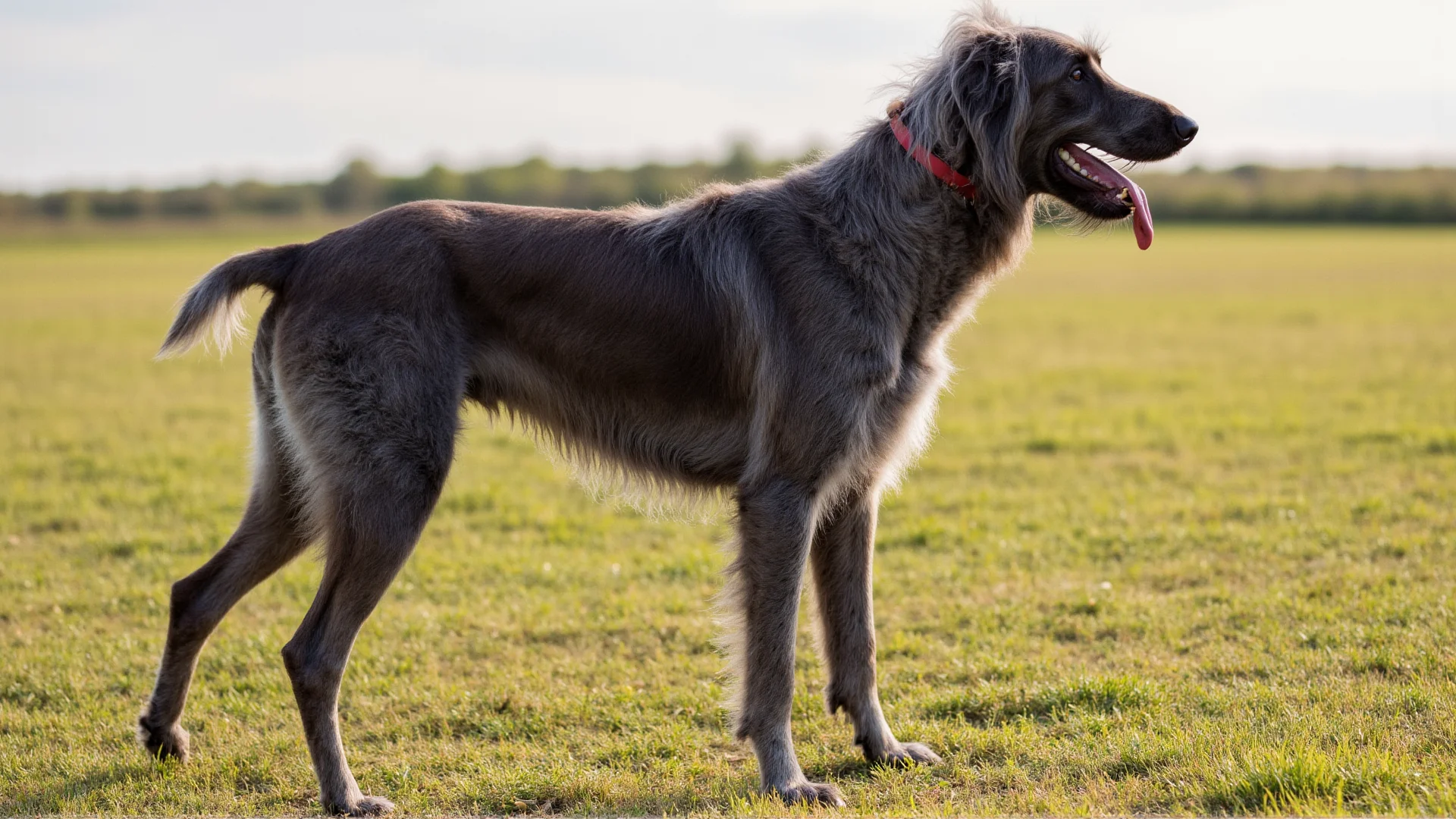
The Scottish Deerhound: Majestic Hunter of the Highlands
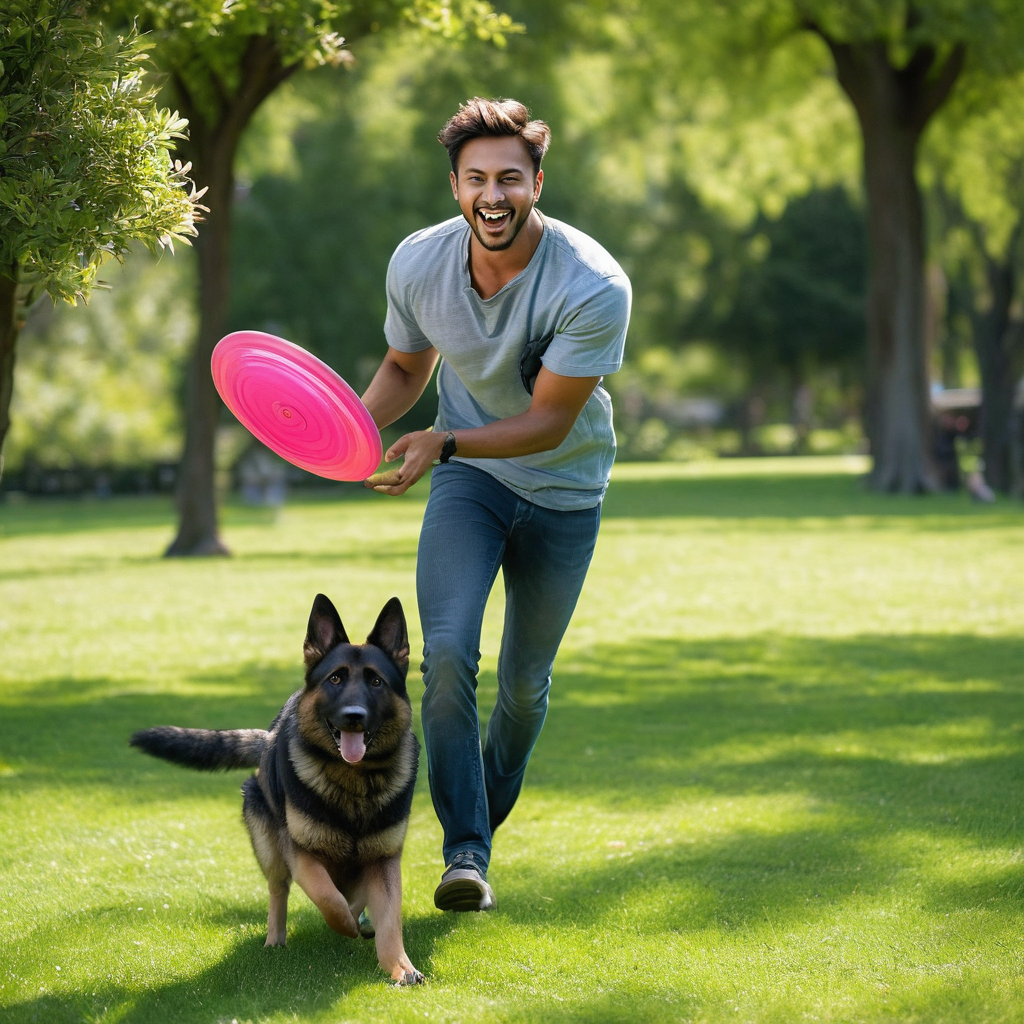
Standing tall and proud with an aristocratic bearing, the Scottish Deerhound represents centuries of selective breeding for one specific purpose: hunting the mighty red deer across the rugged terrain of the Scottish Highlands. Known as the "Royal Dog of Scotland," this magnificent sighthound combines grace, power, and an unwavering hunting instinct that has captivated hunters and dog enthusiasts for generations.
## A Noble Heritage Born for the HuntThe Scottish Deerhound's hunting legacy stretches back to the 16th century, when these dogs were the exclusive companions of Scottish nobility. Unlike many hunting breeds developed for smaller game, Deerhounds were specifically bred to course and bring down red deer - animals that could weigh up to 400 pounds. This demanding task required a unique combination of speed, stamina, courage, and size that few other breeds could match.
Historical records show that owning a Deerhound was once restricted by law to those holding the rank of earl or higher. This exclusivity nearly led to the breed's extinction when the clan system collapsed after the Battle of Culloden in 1746. Fortunately, dedicated breeders like Archibald and Duncan McNeill worked tirelessly in the 19th century to restore the breed, establishing the foundation lines that continue today.
## Physical Attributes: Built for Highland HuntingSize and Structure
The Scottish Deerhound's impressive size immediately commands attention. Males typically stand 30-32 inches at the shoulder and weigh 85-110 pounds, while females measure 28 inches or more and weigh 75-95 pounds. This substantial size was essential for their original purpose - a dog needed considerable mass and strength to successfully hunt deer across challenging Highland terrain.
Their body structure reflects their sighthound heritage with several hunting-specific adaptations:
- Deep chest: Provides ample lung capacity for sustained pursuit
- Flexible spine: Enables the characteristic "double-suspension gallop" reaching speeds up to 28 mph
- Long, powerful legs: Built for covering vast distances over rough ground
- Large heart: Supports the cardiovascular demands of high-intensity hunting
The Weather-Resistant Coat
The Deerhound's coat tells the story of countless generations hunting in harsh Scottish weather. Their wiry, weather-resistant double coat provides protection against wind, rain, and the thorny Highland vegetation. The outer coat is coarse and slightly crispy to the touch, while the undercoat offers insulation during long hunts in cold conditions.
Coat colors traditionally include various shades of gray (from light silver to dark slate), brindle, yellow, sandy-red, and red fawn. Historically, darker colors were preferred as they provided better camouflage during hunting expeditions.
## Hunting Instincts and CapabilitiesThe Sighthound Advantage
As a sighthound, the Scottish Deerhound relies primarily on exceptional vision to locate and track prey. Their eyes are positioned to provide a wide field of view, allowing them to spot movement across vast Highland landscapes. This visual acuity, combined with their natural instinct to pursue moving objects, makes them formidable hunting partners.
The hunting sequence of a Deerhound follows the classic sighthound pattern:
- Sight: Spotting prey at considerable distances
- Stalk: Moving into position for the chase
- Chase: High-speed pursuit using their powerful gallop
- Catch: Using size and strength to bring down the quarry
Coursing Ability
Modern Deerhounds excel in lure coursing, a sport that simulates their original hunting purpose. During coursing events, these dogs demonstrate remarkable athleticism, reaching top speeds quickly and maintaining pursuit over distances of 600-1000 yards. Their natural coursing ability remains so strong that many Deerhounds require no training to participate effectively in these events.
## Training the Hunter's MindUnderstanding the Independent Spirit
Training a Scottish Deerhound requires understanding their independent hunting heritage. These dogs were bred to make split-second decisions during hunts, often working at considerable distances from their handlers. This independence can present training challenges, as Deerhounds may not immediately respond to commands if they're focused on potential prey.
Successful training strategies include:
- Early socialization: Exposing young Deerhounds to various environments, people, and controlled wildlife encounters
- Positive reinforcement: Using rewards-based methods that respect their sensitive nature
- Consistent recall training: Essential for managing their strong chase instinct
- Structured exercise: Providing appropriate outlets for their hunting drive
Managing Prey Drive
The Deerhound's prey drive remains remarkably strong, even in dogs generations removed from active hunting. Owners must be prepared to manage this instinct through:
- Secure fencing (minimum 6 feet high)
- Leashed walks in areas with wildlife
- Supervised off-leash exercise in enclosed areas
- Participation in lure coursing or other appropriate outlets
Despite their size and hunting heritage, Scottish Deerhounds have surprisingly moderate exercise requirements compared to many sporting breeds. They are often described as "40-mph couch potatoes" - capable of impressive bursts of speed and activity but content to rest between sessions.
Daily Exercise Needs
Adult Deerhounds typically require:
- 30-45 minutes of daily walking
- Weekly opportunities for free running in secure areas
- Mental stimulation through training or puzzle activities
- Occasional participation in coursing events or similar activities
Age-Appropriate Activities
Exercise requirements vary significantly by age:
Puppies (8-18 months): Limited forced exercise to protect developing joints, with emphasis on free play and basic training.
Adults (18 months-7 years): Full exercise capacity, including high-intensity activities like coursing.
Seniors (7+ years): Gentler exercise focused on maintaining mobility and mental engagement.
## Health Considerations for Working DogsLike many large breeds developed for athletic performance, Scottish Deerhounds face specific health challenges that potential owners should understand.
Common Health Issues
Bloat (Gastric Dilatation-Volvulus): Deep-chested breeds like Deerhounds are at higher risk for this life-threatening condition. Prevention strategies include feeding smaller, frequent meals and avoiding exercise immediately after eating.
Dilated Cardiomyopathy: Heart conditions are unfortunately common in the breed. Regular cardiac screening by veterinary cardiologists is recommended.
Osteosarcoma: Bone cancer affects many large breeds, with Deerhounds showing higher than average incidence rates.
Cystinuria: A genetic condition affecting the kidneys' ability to process certain amino acids, leading to stone formation.
Preventive Care
Responsible ownership includes:
- Annual health screenings including cardiac evaluation
- Genetic testing for hereditary conditions
- Weight management to reduce stress on joints
- Age-appropriate exercise programs
- Regular veterinary monitoring, especially as dogs age
While few Scottish Deerhounds today pursue red deer across Highland moors, their hunting instincts remain remarkably intact. Modern owners who understand and respect these instincts often find themselves with loyal, gentle companions who retain the noble character that made them prized by Scottish royalty.
Contemporary activities that satisfy their hunting heritage include:
- Lure Coursing: AKC and ASFA sanctioned events that simulate hunting
- Fast CAT: Straight-line speed events measuring their natural athleticism
- Oval Track Racing: Competitive racing that showcases their speed
- Hiking and Backpacking: Endurance activities that echo their Highland heritage
The Scottish Deerhound represents a remarkable achievement in selective breeding - a dog capable of hunting the largest game in the British Isles while maintaining a gentle, dignified temperament suitable for family life. Their hunting heritage shaped every aspect of their being, from their weather-resistant coat to their independent spirit and powerful physique.
For those drawn to this magnificent breed, understanding their hunting background is essential for successful ownership. These are not dogs content with a quick walk around the block; they need owners who appreciate their heritage and can provide appropriate outlets for their natural instincts. In return, they offer a unique combination of athleticism, nobility, and gentle companionship that has captivated dog lovers for centuries.
Whether coursing across a field in pursuit of an artificial lure or lounging quietly by the fireside, the Scottish Deerhound embodies the spirit of the Highland hunter - proud, powerful, and eternally ready for the next adventure.
Related Articles
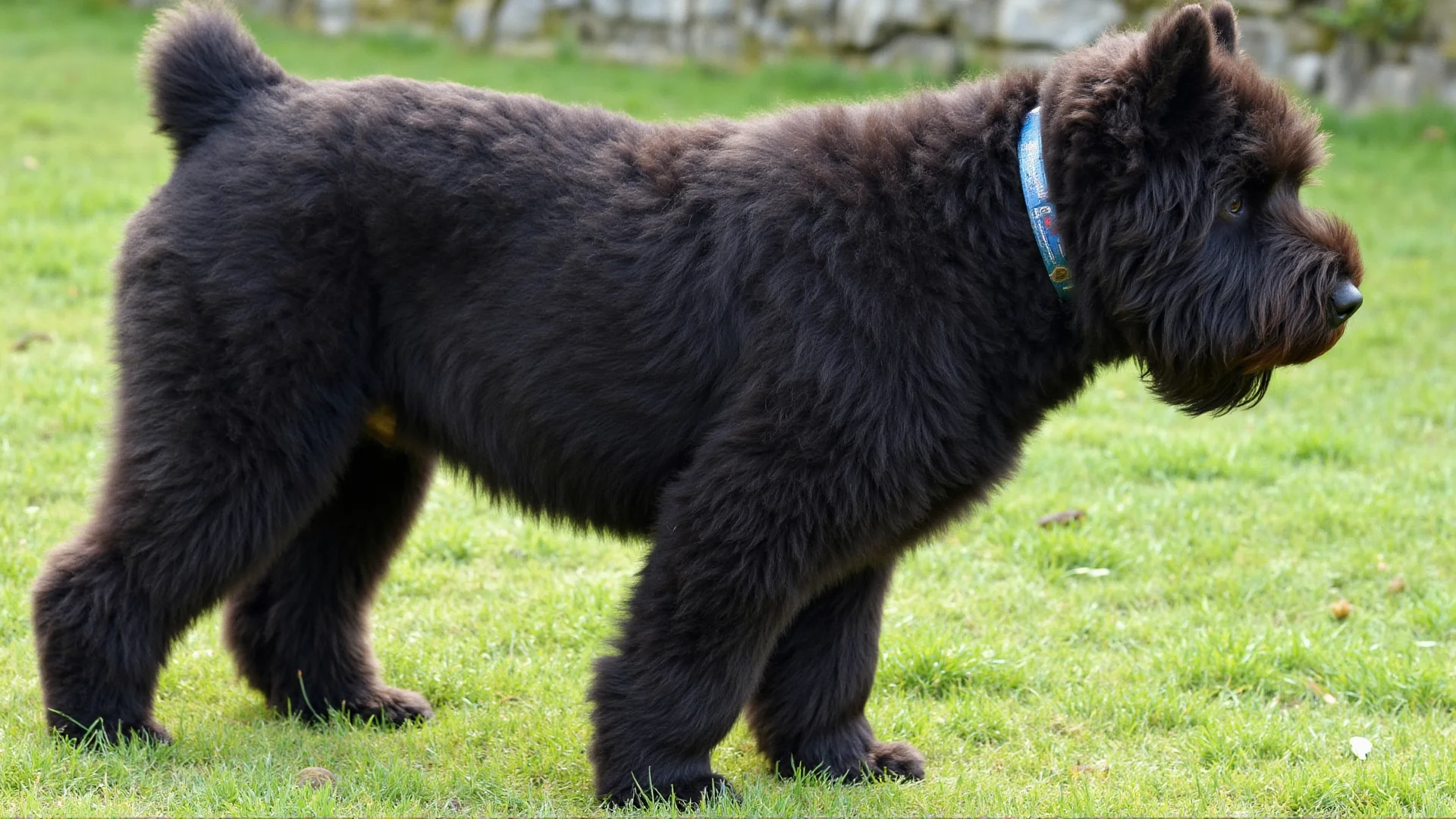

Bouvier des Flandres: The Ultimate Working Dog Companion
Discover why the Bouvier des Flandres stands as one of the most versatile and dedicated working dogs. From their Belgian farming origins to modern-day roles in police work, therapy, and family protection, learn what makes this breed exceptional.
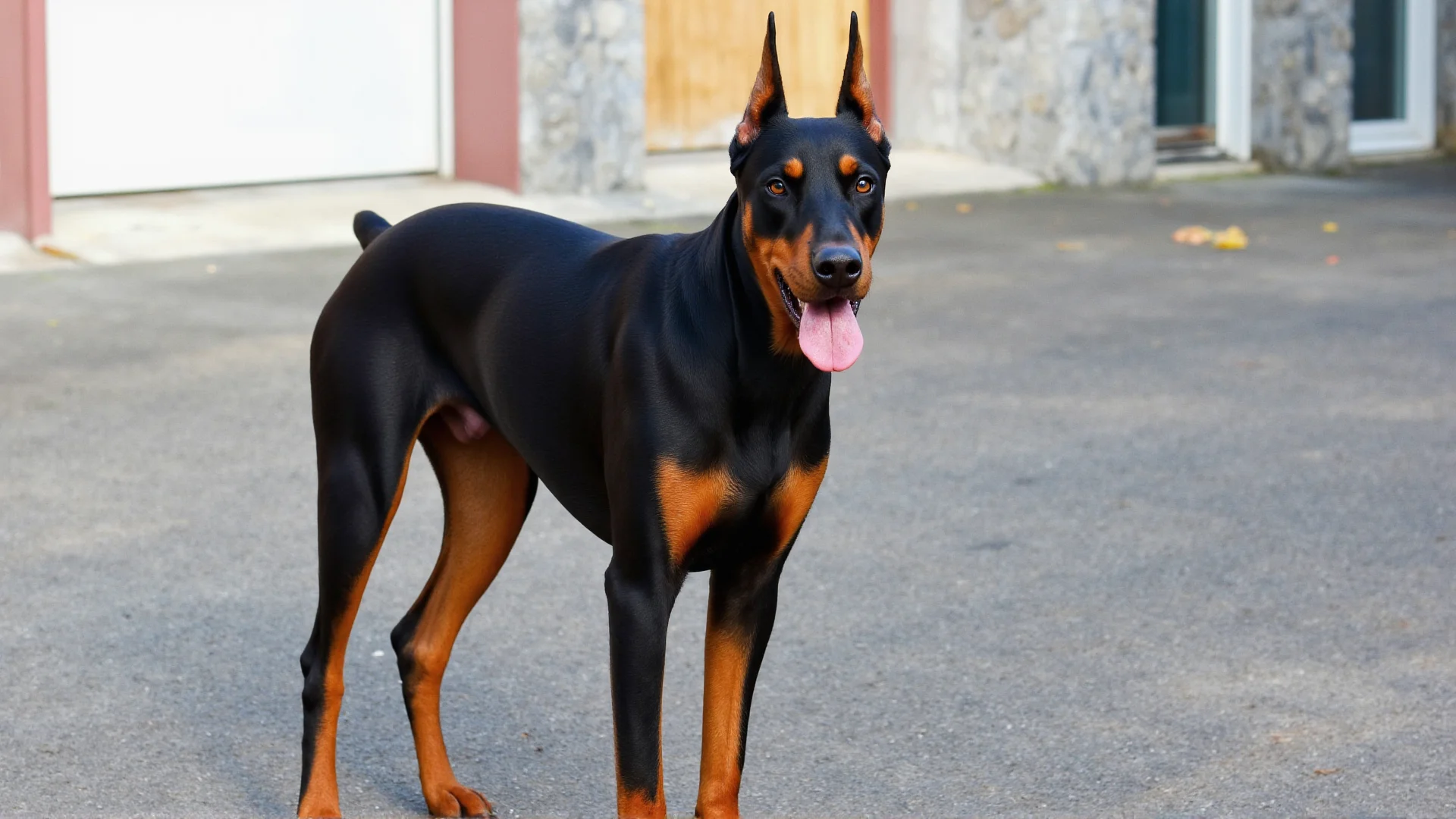

The Doberman Pinscher: Your Complete Guide to This Elite Working Dog
Discover why the Doberman Pinscher stands among the world's most respected working dogs. From their origins as protection dogs to modern roles in law enforcement and personal protection, learn everything about this intelligent and loyal breed.
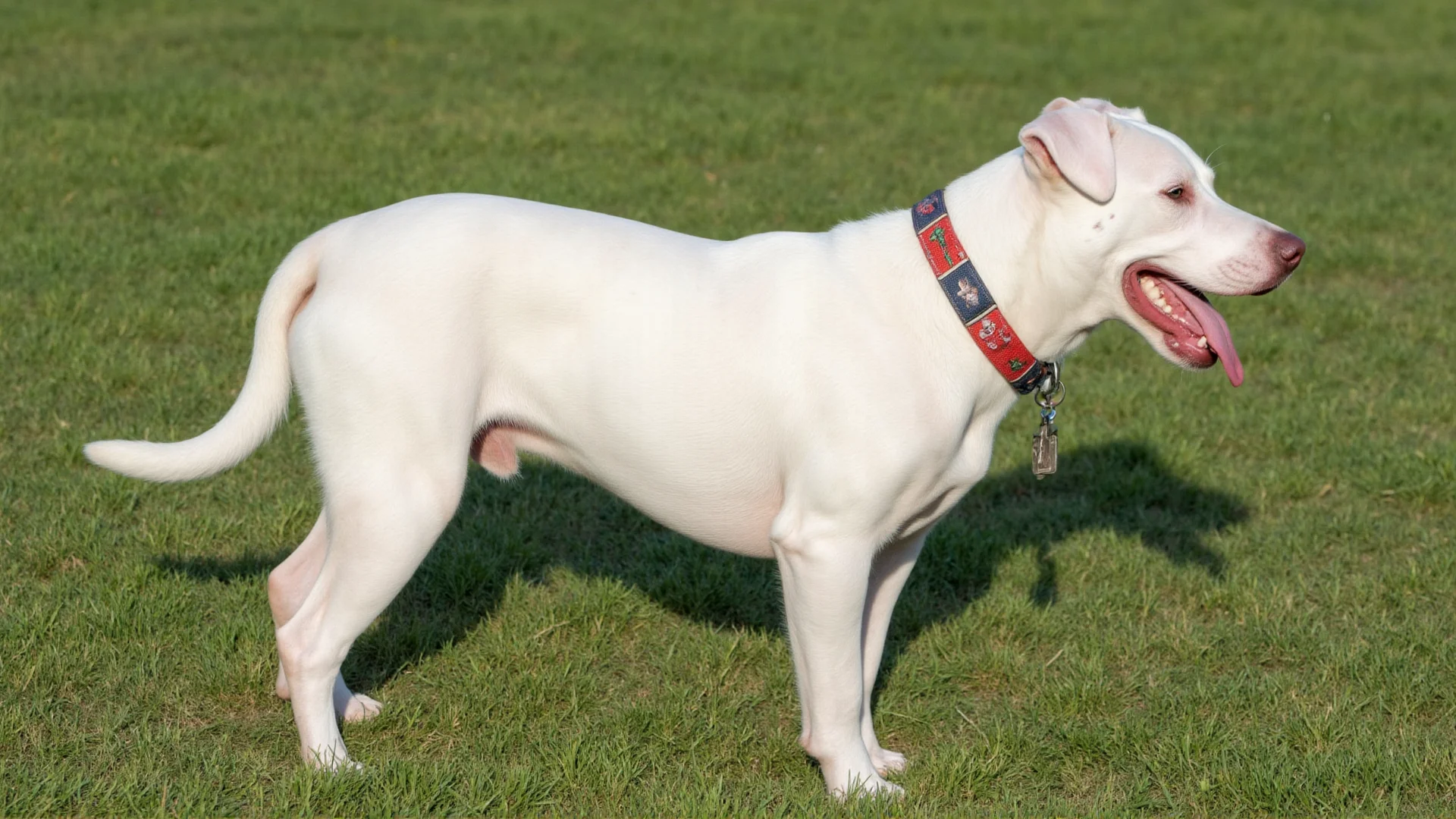

The Dogo Argentino: Complete Guide to Argentina's Premier Guardian
Discover everything you need to know about the powerful Dogo Argentino - from their hunting heritage to modern guard dog capabilities. Learn about training, care, and what makes this breed an exceptional protector.